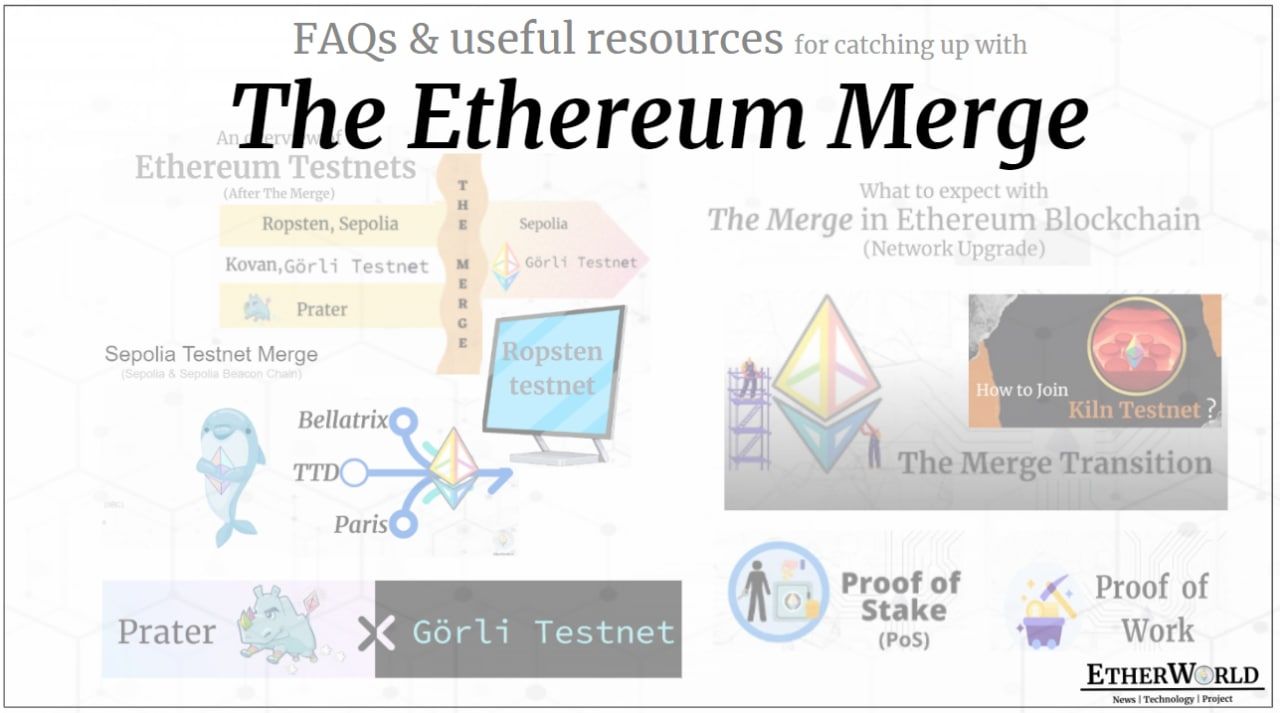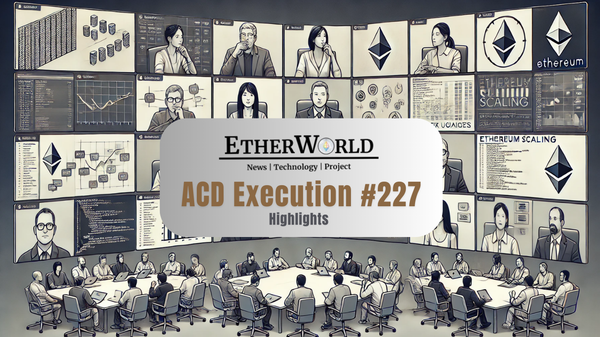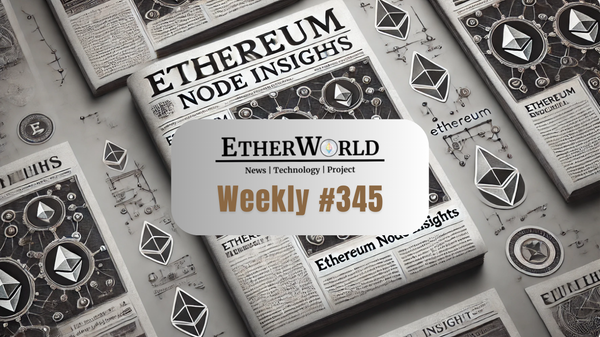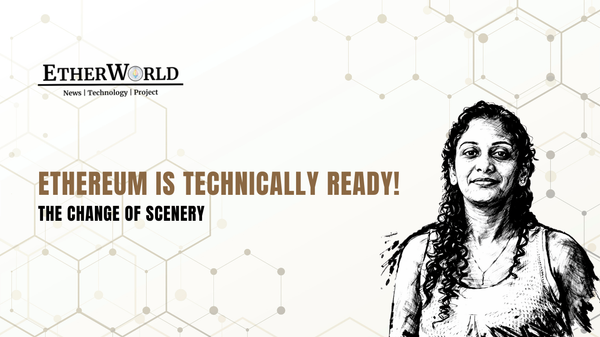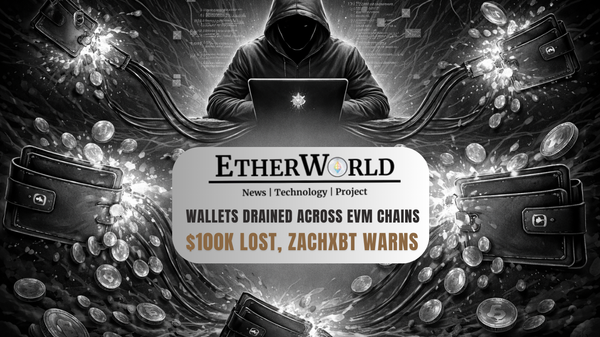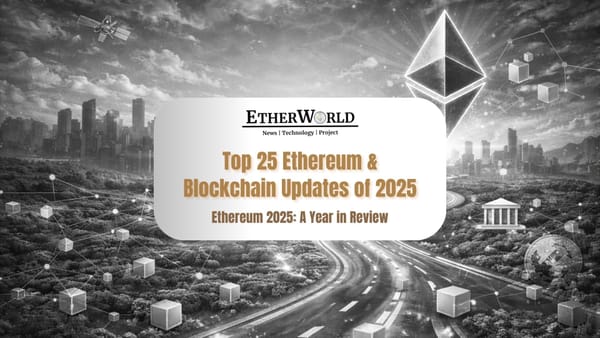As The Merge upgrade is approaching, to help node operators, users, and community members Ethereum developers organized multiple community calls to answer questions. We, the team of EtherWorld, bring last minute tips to lower the anxiety related with the upgrade, here is a quick post on the summary to answer a few questions with a bonus of helpful resources.
In this article, we will be sharing common questions with the answers related to Ethereum's The Merge Upgrade.
Before the Merge upgrade, all node operators should update their clients w.r.t. latest releases listed in the official mainnet merge announcement.
⚡A Quick Recap of Latest Client Release & Updates⚡@ErigonEth 2022.09.01-alpha Release pic.twitter.com/mNsldYEp4Q
— EtherWorld (@ether_world) September 7, 2022
Q: Which testnets will shut down after The Merge Upgrade?
- Kiln, Ropsten, and Rinkeby Testnets will be shut down over the coming months. Here is the link if readers want to know more regarding Ethereum Testnets after The Merge.
Q: What are the updates from the latest Mainnet Shadow Fork?
- Mainnet Shadow Fork 13 was merged on 9th September 2022. In the last Ethereum's Consensus Layer Call #95, Parithosh told everyone that this would be the last shadow fork before The Merge upgrade. Developers saw that the attestation rate had dropped to ~97%. This was due to some stale data on one node that developers forgot to clear up, and the node thought it was on the wrong shadow fork. Also, No other client incompatibility or issues were seen. We have covered all insights & bugs in all shadow forks in this article: Ethereum Mainnet Shadow Forking: An Overview.

Q: What will be the effect of The Merge upgrade?
| On | Effect |
|---|---|
| Node Operators | An Ethereum Node is a combination of EL & CL clients communicating via Engine API. Both these clients authenticate with each other using a JWT secret. Node operators should refer to their clients' documentation for instructions on generating and configuring this value. |
| Stakers | Validators on the Beacon Chain will need to run an EL client after The Merge in addition to their CL clients. In addition, they should also set the fee recipient as part of their validator client configurations to ensure transaction fees are sent to an address they control. |
| Developers | The Merge will have only minimal impact on a subset of contracts deployed on Ethereum. |
| Miner | After The Merge upgrade, mining will be no longer possible on the Ethereum Network. |
| Holder | Stay Away From Scams! |
Q: What are the chances of bugs in the Merge upgrade?
- So, there is a slight chance of minor issues when The Merge happens. As we have seen in the Bellatrix upgrade, there was a short drop in participation rates. However, developers are confident that they can track and resolve any issue due to continuous The Merge testing and multiple shadow forks.
Q: What will happen to Crypto Exchanges and Mining Pools during The Merge upgrade?
- Mining Pools can mine all the up to the last PoW block and make sure that the chain has been finalized and has come to a consensus. Similarly, As we have seen in every network upgrade, exchanges typically pause withdrawals and deposits to ensure that the chain has been settled. So, exchanges can pause deposits and withdrawals before the merge up to the point where it's it's finalized and stable.
Q: What if Hash Rate goes down?
- If hash rate goes down, then we will reach the TTD later and we will have to wait for few more days for The Merge upgrade.
Q: What will happen to infura (as it doesn't supports Engine API)?
- Engine API is an interface that is used for communication between Consensus Layer and Execution Layer. If a user uses Infura Post Merge, then he will not be able to produce a block and
and verify the blocks that are being produced by the networks.
Q: Is it now more expensive to run an Ethereum Client?
- Regular Node Operators will find it much more expensive. Because now they have to run two clients, which is operationally complex. Also, they need to retain the receipt history and block header history. But, previously, they could run several clients as it allowed them to prune history to save space. So, node operators could run it efficiently on 150 gigabytes of disk space. But this will now take atleast 600-700 gigabytes of disk space. Many people previously could run a node and now cannot, so there's a discussion on fixing this issue. It's simple logic that if requirements increase, then fewer people will run the nodes. But client teams are continuously working on different ways to optimize this process.
Q: What if there is a 50% Hash Rate drop?
- In this case, TTD override will be done. Both EL and CL clients must be upgraded or restarted for TTD Override. The first option is client releases with the new TTD value. The second option is using a specific CLI argument to set the new TTD value, which requires a client restart. Both clients' CL part and EL part are required to be restarted with the new TTD value. This option is supported by all clients and has been tested on several Shadow Forks and the Ropsten Merge.
Q: What is the lightest weight non-validating node setup?
- According to Parithosh, Nethermind and Nimbus is good combination to save a couple of gigabytes.
Q: Is it possible to run a validator node on Raspberry Pi?
- Yes, it is possible. Readers can follow Ethereum on ARM to know more.
Q: Can users trust on ETH PoW forks?
- Users should be careful that the chain they interact with is safe and secure. There should be no double spending of funds.
Q: What are the common mistakes which new users do when getting their setup ready for Merge?
- Users are unaware that they need to run two clients. They are still using old port 8545. They haven't authenticated jwt. They forgot to set the fee recipient. With user feedback, better instructions, and knowledge spread, these struggles will improve over time.
Resources
Related Videos
- The Merge Transition
- Ethereum: The Great Renaming
- Proof of Work
- Proof of Stake
- How to Join Kintsugi testnet?
- Kintsugi Fuzzer Issue
- What is Kiln Testnet?
- How to Join Kiln Testnet?
Related Articles
- An overview of expected changes with the Ethereum Merge upgrade
- MEV in DeFi
- Ethereum Mainnet Shadow Forking: An Overview
- What do Bellatrix, Paris & TTD mean in Ethereum Merge Upgrade?
- Ethereum's roadmap for 2022 and beyond!
Disclaimer: The information contained on this web page is for education purposes only. Readers are suggested to conduct their own research, review, analyze and verify the content before relying on them.
To publish press releases, project updates and guest posts with us, please email at contact@etherworld.co.
Subscribe to EtherWorld YouTube channel for ELI5 content.
Support us at Gitcoin
You've something to share with the blockchain community, join us on Discord!


